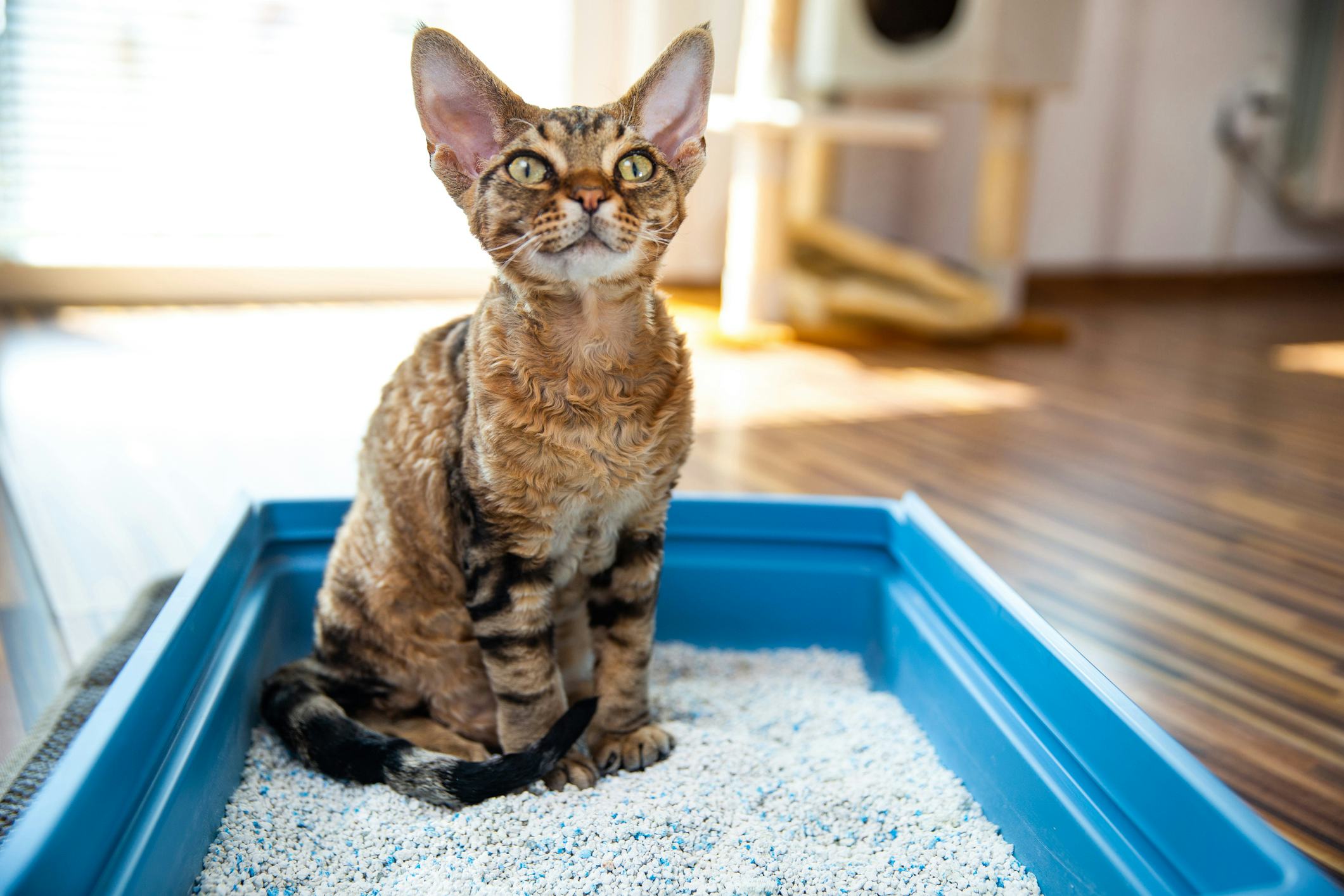Why Flushing Cat Poop Down Your Toilet May Cause Problems - Tips for Proper Disposal
Why Flushing Cat Poop Down Your Toilet May Cause Problems - Tips for Proper Disposal
Blog Article
Everybody has his or her own perception when it comes to How to Dispose of Cat Poop and Litter Without Plastic Bags.

Introduction
As pet cat owners, it's important to be mindful of how we throw away our feline buddies' waste. While it might seem practical to purge feline poop down the commode, this practice can have damaging consequences for both the atmosphere and human health.
Environmental Impact
Purging cat poop introduces unsafe microorganisms and bloodsuckers right into the supply of water, posturing a significant danger to aquatic ecosystems. These impurities can negatively affect aquatic life and compromise water quality.
Health and wellness Risks
Along with environmental issues, purging feline waste can likewise posture health risks to human beings. Pet cat feces may have Toxoplasma gondii, a parasite that can cause toxoplasmosis-- a potentially extreme disease, specifically for expectant women and individuals with weakened body immune systems.
Alternatives to Flushing
The good news is, there are safer and much more accountable methods to take care of cat poop. Think about the adhering to choices:
1. Scoop and Dispose in Trash
One of the most common method of getting rid of feline poop is to scoop it right into an eco-friendly bag and toss it in the garbage. Make certain to use a devoted trash scoop and get rid of the waste immediately.
2. Usage Biodegradable Litter
Select eco-friendly pet cat clutter made from products such as corn or wheat. These trashes are eco-friendly and can be securely taken care of in the garbage.
3. Hide in the Yard
If you have a lawn, think about burying cat waste in a designated area far from veggie yards and water sources. Make certain to dig deep adequate to avoid contamination of groundwater.
4. Set Up a Pet Waste Disposal System
Purchase an animal waste disposal system specifically made for pet cat waste. These systems utilize enzymes to break down the waste, decreasing smell and environmental impact.
Conclusion
Liable pet dog possession extends beyond giving food and sanctuary-- it likewise involves correct waste monitoring. By avoiding flushing cat poop down the commode and selecting alternative disposal approaches, we can lessen our environmental footprint and shield human health and wellness.
Why You Should NEVER Flush Cat Poop (and/or Litter) Down Your Toilet
The Problem with Litter
The main function of litter is to solidify and adhere to your cat’s waste. While this makes litter excellent for collecting cat poop and urine, it’s also the exact property that makes it a nightmare when flushed down the toilet.
Cat litter can and will clog pipes. There is non-clumping litter, but it’s still quite heavy and can build up in pipes. This is true even of supposed “flushable litter.”
The problems only compound when the litter is already clumped into cat waste. Toilet paper is among the more flushable things, and even too much of that will clog a toilet.
The Problem with Cat Poop
Sewers and septic systems are designed with human waste in mind. The microbes that help break down human waste don’t work on cat waste. Additionally, cat poop plays host to the parasite Toxoplasma gondii.
When flushed, this parasite can enter the environment in places it was never meant to, posing a risk to pregnant women, their unborn children, and other people with compromised immune systems. While it might not seem possible, flushing cat poop can indeed introduce this parasite to the public water supply.
These reasons are why, even if you’ve trained your cat to go on the toilet and flush, which is possible, it’s still not a good idea. Also, pregnant women and the immunocompromised shouldn’t change litter, either.
How to Handle Litter
The best way to handle litter is to simply put it in a plastic bag and place it in the trash. Avoiding environmental risks and possible plumbing damage is worth the extra effort.
You can also invest in devices that seal away your cat’s waste in a separate compartment, so you don’t have to change the litter nearly as often. They’re also safer for pet owners because they limit the possibility of Toxoplasma gondii exposure.
Disposing of litter the old-fashioned way will ensure you won’t have to worry about any issues that flushing the waste can potentially cause.
Take Care of Clogged Pipes with Stephens Plumbing, Heating & Air Conditioning
The reasons you should never flush cat poop down your toilet are numerous, but sometimes the inevitable happens despite your best efforts.
Stephens Plumbing, Heating & Air Conditioning is ready to help if you’re experiencing litter-blocked plumbing. Whether you need us in an emergency or want to schedule regular maintenance, we’re here for you.
https://www.stephensplumbing.net/bathroom-plumbing/never-flush-cat-poop-down-your-toilet/

I was made aware of that report about How to Dispose of Cat Poop and Litter Without Plastic Bags from an acquaintance on a different blog. Sharing is caring. Helping others is fun. Thanks for your time. Visit again soon.
Visit Url Report this page